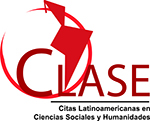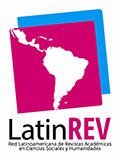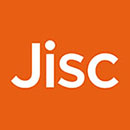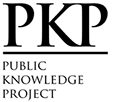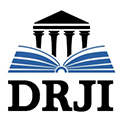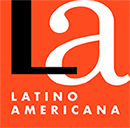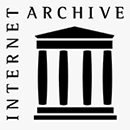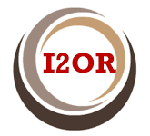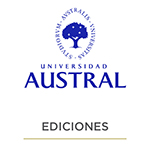Copyright in AI-Generated artworks in the United States. An examination of five current legal cases
Abstract
This paper focuses on some leading cases on intellectual property rights, artificial intelligence, authorship and artistic creation. The aim is to explain the current context of artistic creation, particularly regarding the use of digital techniques and methods linked to artificial intelligence, which stress the concepts of originality, work and authorship, and on top of that, the intellectual property law. After that, light will be shed on five current legal cases that involved conflicts around artistic creation, the use of artificial intelligence and intellectual property rights. The contribution of this work is given by drawing on an important issue as artificial intelligence used in practices where human intervention was tradionally the main input, and also to analyse the available responses from the legal system.
Downloads
References
Boretto, M. (2010). Contratos de edición. Euroediciones.
Bourriaud, N. (2009). Postproducción. Adriana Hidalgo.
Córdoba Marentes, J. F. (2015). El derecho de autor y sus límites: Los fundamentos del derecho de autor y su incidencia en la determinación de excepciones y limitaciones a la luz de la “regla de los tres pasos”. Temis.
Fajardo Fajardo, C. (2001). Estética y modernidad. Nuevos contextos y posibilidades. Abya-Yala.
Foucault, M. (2001). Las palabras y las cosas. Siglo XXI.
Foucault, M. (2010). ¿Qué es un autor? El cuenco de plata.
Gerber, V. y Pinochet, C. (2013). Economías creativas y economías domésticas en el trabajo artístico joven. En García Canclini, N. y Piedras, E. (Coords.), Jóvenes creativos. Estrategias y redes culturales (pp. 121-154). Juan Pablos Editores UAM.
García Canclini, N. (1999). La globalización imaginada. Paidós.
Genette, G. (1997). La obra de arte, inmanencia y trascendencia. Lumen.
Gombrich, E. (2013). La Historia del Arte. Phaidon.
Jiménez, J. (1986). Imágenes del hombre. Fundamentos de estética. Tecnos.
Jiménez Sánchez, F. J. (2023). La Inteligencia Artificial Tex-to-Image en el Aula. Mayéutica 2.0. En Pérez-Aldeguer, S. (Ed.), Teaching and learning projects in Arts and Humanities (pp. 158-167). Adaya Press. https://doi.org/10.58909/ad23869102.
Lipszyc, D. (1993). Derechos de autor y derechos conexos. UNESCO/CERLAC/Víctor Zavalía.
Magaña Rufino, J. M. (2013). Curso de Derechos de Autor en México. Porrúa.
Ortiz, R. (1997). Mundialización y Cultura. Alianza.
Ortiz, R. (1998). Otro Territorio. Convenio Andrés Bello.
Ortiz, R. (2007). Anotações sobre o universal e a diversidade. Revista Brasileira de Educação, 12(34), 7-16.
Polanyi, K (2003). La gran transformación. Los orígenes políticos y económicos de nuestro tiempo. Fondo de Cultura Económica.
Vibes, F. (2009). Derechos de propiedad intelectual. Ad-Hoc.
Copyright (c) 2024 Federico Urtubey

This work is licensed under a Creative Commons Attribution-NonCommercial-NoDerivatives 4.0 International License.
This license allows the copy, distribution, exhibition and representation of the work provided authorship is acknowledged and the work is properly quoted. Commercial use of the original work or the generation of derived works are not allowed.
The authors hereby guarantee the right to the first publication of the work to the Revista Iberoamericana de la Propiedad Intelectual.










